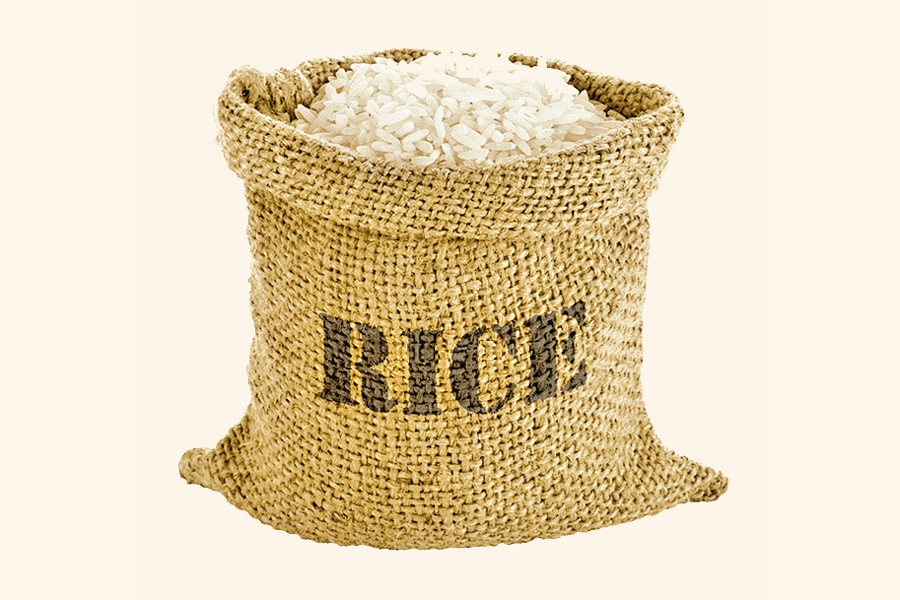USDA predicts BD rice yield fall
Aman output might drop 4.1pc, Aus 11pc; ‘Food security set to turn critical’

Published :
Updated :

Bangladesh's food-security situation might turn critical in the coming months as the USDA forecasts decline in rice production - both in Aman and Aus seasons, which jointly contribute 45 per cent to overall rice output.
The forecast came at a time when global rice market started to become volatile amid Indian ban on white-rice export as well as its announcement on August 19 to impose 20-percent duty on parboiled-rice export.
The rice price was already 12-year high as per the FAO ALL Rice Index that hit 129 points in July.
Bangladesh has a target to procure minimum 0.5 million tonnes of rice from global sources in this fiscal year (FY), 2023-24, while the private sector might bring 1.0-1.5 million tonnes more to maintain stability in the staple food market, said officials.
The United States Department of Agriculture's (USDA) GAIN report, published on August 23, opined that scanty rainfall from April to July might cut Aman and Aus outputs in FY 24.
The report said seed bed preparation for Aman declined to 6.0 per cent in terms of land. Aus rice output might decline to 2.4 million tonnes in FY 24, which was 2.7 million tonnes in FY 23.
Local farmers' production cost rose, as they needed supplementary irrigation during this Aman and Aus seasons. They needed Tk 2,000 for per acre (100 decimals) of land this Aman season for supplementary irrigation.
The USDA forecast came after the Financial Express (FE) published a report on the same issue on July 26. The report showed how lesser rainfall from April to July this year caused a severe blow to Aman and Aus farmers.
The country experienced 66 per cent lower rainfall in April, 44 per cent in May, 16 per cent in June, and nearly 50 per cent in July during the prime rainy season, according to the Bangladesh Meteorological Department (BMD) data.
The droughts in April-May caused a decline in Aus farming, as only 0.105 million hectares of land could be brought under cultivation against a target of 1.39 million hectares, as per the Department of Agriculture Extension (DAE).
The FE report also said Aman seedbeds were prepared on 0.28 million hectares of land this year against a target of 0.304 million hectares.
Meteorologist and climate expert Dr Sadequl Alam predicted: "As we enter the El Nino phase, dry weather might continue for several more years. Thus, intensity and duration of heat-waves might continue to increase in Bangladesh. Adaptation to such weather is the key option."
El Nino is a global climate phenomenon that warms surface water of the equatorial Pacific Ocean. It affects the atmosphere's ionosphere and surrounding climate. Its opposite is La Nina that brings rain and flooding.
Farm economist Prof Golam Hafeez Kennedy said the current food supply situation is strategically good. But the country would be in trouble, if it needs to import in coming months.
Sourcing food-grains, especially rice and wheat, has become highly critical in a volatile global market amid the ongoing war in Europe.
He opined that the country should ensure intensive diplomatic efforts to avail the quota to import food-grains from neighboring India.
Hurdles of import duty should be removed for the private sector now to ensure smooth import of food-grains, he added.
tonmoy.wardad@gmail.com


 For all latest news, follow The Financial Express Google News channel.
For all latest news, follow The Financial Express Google News channel.